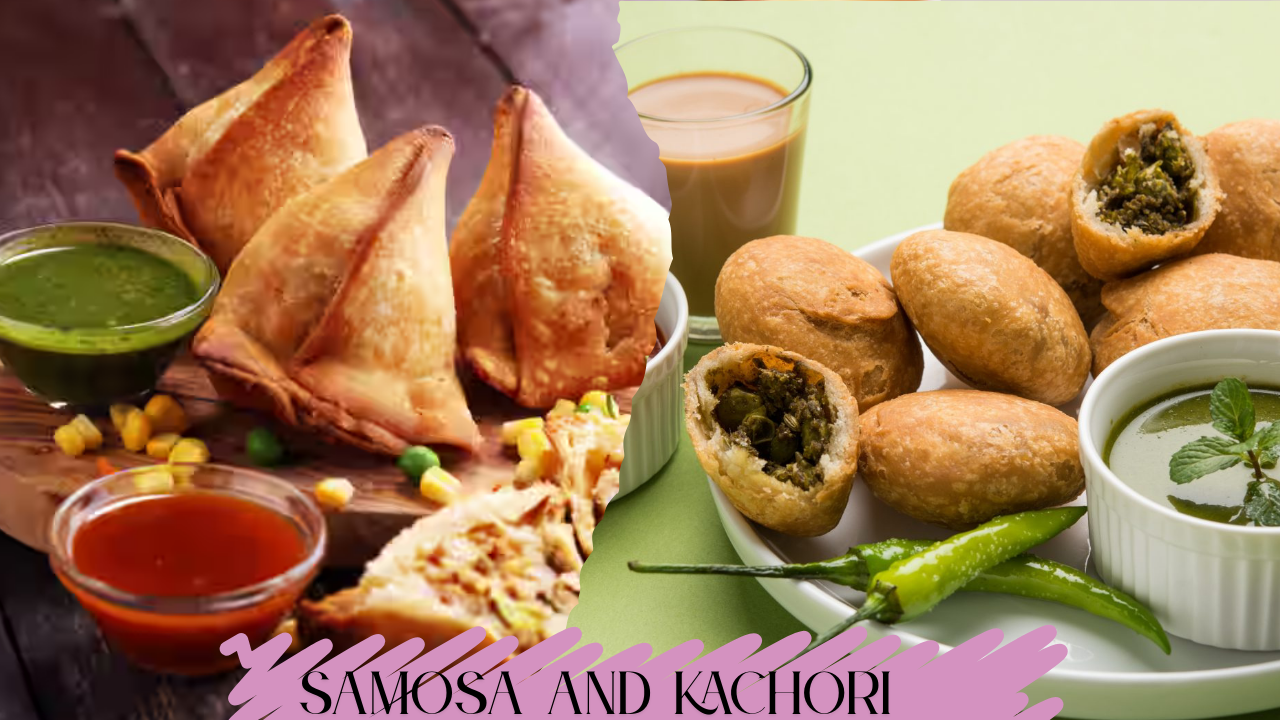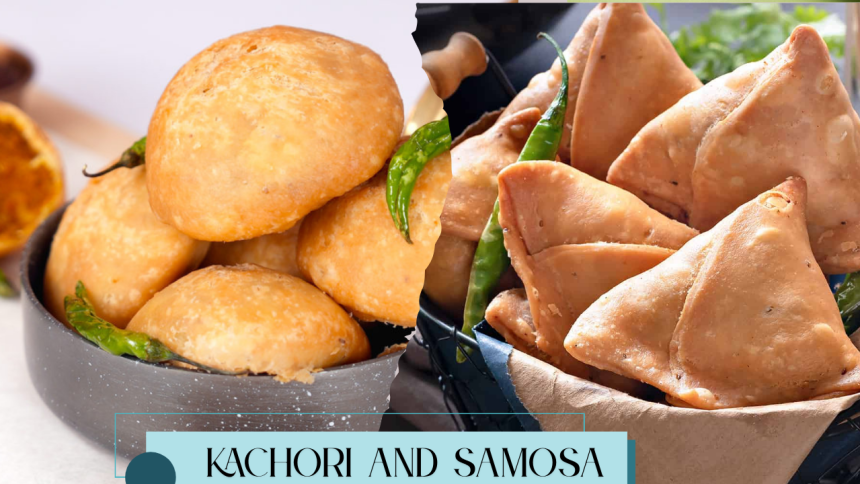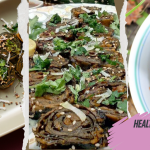Let’s confront it when it comes to Indian snacks, two heavyweight contenders continuously take the appear: the Samosa and Kachori. These firm, brilliant wonders have ruled our nibble tables for eras, and they’re not fair nourishment; they’re portion of our social DNA. But have you ever stopped mid-bite and thought, which one really rules supreme?
This is not fair a nourishment comparison. This is a deep-dive into taste, surface, history, and territorial pride. So snatch a serviette (since this may get untidy), and let’s unwind the flaky layers of this fresh rivalry.
The Beginnings: Where It All Began
Both Samosa and Kachori have roots that follow back centuries. The samosa, shockingly, isn’t initially Indian. It traveled from the Center East, known as ‘sambosa’, and was brought to India by dealers. Over time, Indian flavors and fillings gave it a entire modern identity.
Kachori, on the other hand, has a more innate history. It is said to have started in the Marwar locale of Rajasthan. Not at all like the samosa, which took the picturesque course to get here, the kachori has continuously been homegrown, advancing through different Indian kitchens.
Shape & Structure: Triangle vs. Puffball
You can more often than not tell them separated fair by looking. Samosas? Triangular and sharp-edged, with a pointed beat that shouts “I’m crunchy!”. Kachoris are more of a circular, straightened puff—like a brilliant pad of surprises.
The structure tells you a parcel. The samosa’s cone-like shape is idealize for stuffing a liberal sum of filling and locking in flavor. Kachoris are thick and level, making them perfect for deep-frying to a reliable crunch.
Filling Tales: Spiced vs. Spicier
Ah, the filling—the heart and soul of any great snack.
Samosas frequently carry a classic potato-pea masala with clues of cumin, coriander, and garam masala. They can moreover be stacked with meat (hi, keema samosa darlings!), lentils, or indeed noodles in present day versions.
Kachoris are the awful boys of zest. Whether it’s the moong dal kachori or pyaaz (onion) kachori, they’re striking and unapologetically flavorful. The fillings are dry, however pack a punch, frequently with a tart bend from amchoor or fennel seeds.
Crunch Figure: The Fight of the Bite
Here’s where the genuine dramatization kicks in. Samosas are known for their flaky hull that smashs like glass when nibbled into. It’s light, breezy, and makes that delightful crunching sound we all subtly love.
Kachoris are thicker. The crunch is more profound, more safe, but fulfilling. Think of it as the distinction between gnawing into a saltine versus chomping on a bread. Both fulfilling, fair in distinctive ways.

Cooking Procedures: More Than Fair Profound Frying
While deep-frying is the conventional way to cook both, advancements have entered our kitchens. Samosas can be heated or air-fried for a more beneficial bend. A few indeed wrap them in phyllo mixture for a combination take.
Kachoris are as a rule steadfast to oil. Their thick structure makes preparing a challenge, but new-age formulas are pushing boundaries with more advantageous flours and air-fryer magic.
Regional Varieties: A Countrywide Affair
Travel over India, and you’ll discover one of a kind turns on both snacks.
In Punjab, samosas come jumbo-sized and are regularly served with chole (chickpeas). In Gujarat, you might discover sweet-sour chutneys layered inside.
Kachoris in Rajasthan are nearly a breakfast thing, served with tart kadhi or aloo sabzi. In Bengal, there’s the popular ‘radhaballavi’—a near cousin of the kachori stuffed with lentils.
Pairing Amusement: What’s On the Side?
Let’s be genuine, no samosa or kachori is total without its sidekick.
Samosas adore their mint chutney and tamarind sauce. Some of the time, they indeed get the illustrious treatment with yogurt, sev, and chutney in the shape of samosa chaat.
Kachoris more often than not combine up with fiery aloo curry, kadhi, or indeed pickles. The objective? Cut through the lavishness and flavor with something similarly flavorful.
Occasions & Ubiquity: When Do We Eat What?
Samosas are the extreme all-rounders. Office nibble? Check. Party appetizer? Completely. Stormy day longing for? You bet.
Kachoris feel more conventional. Think merry breakfasts, wedding snacks, or Sunday brunches. They carry a nostalgic vibe—like grandma’s kitchen on a winter morning.
Nutritional Standoff: Not All That Sparkles is Gold
Let’s not kid ourselves. These are liberal snacks. But if you’re observing your waistline, there are a few differences.
Samosas, particularly when prepared, are the lighter choice. Kachoris, with their wealthy lentil filling and thicker outside, are heavier.
That said, parcel control and shrewd pairings can make either a portion of a adjusted diet.
Cultural Impression: Past the Plate
Samosa and Kachori have made their check all inclusive. From road slows down in India to cafes in London and nourishment trucks in Modern York, they’re all over. Indeed Starbucks has was a tease with them.
Kachoris stay more of a neighborhood saint. But that doesn’t cruel they’re any less adored. In places like Rajasthan and Uttar Pradesh, they hold incredible status.
Read More: Sun City Undertakings: Best Attraction Places in Jodhpur
Conclusion
Honestly? It depends on your mood.
If you need something light, flaky, and versatile—grab a samosa. If you’re in the temperament for wealthy, striking flavors that hit you like a fiery piece, the kachori is your pick.
Samosa and Kachori Both are ageless, both are scrumptious, and both merit a put on your plate. This isn’t almost picking sides. It’s approximately celebrating the wonderful differences of Indian snacks.







